Tomorrow night, President Trump will deliver his first State of the Union (SOTU) address to Congress and the American people. With Trump’s approval rating currently clocking in at 36{09f965da52dc6ab4c1643a77bd40d1f729d807040cd8db540234bb981a782222} approve/59{09f965da52dc6ab4c1643a77bd40d1f729d807040cd8db540234bb981a782222} disapprove according to Gallup, one might naturally assume that the SOTU offers the perfect opportunity for Trump to hit the reset button and attempt to improve his standing in the polls. A look back at past presidents’ approval ratings immediately following their first SOTU address, however, does not necessarily guarantee a post-address bounce for Trump.
The table below details the Gallup approval tracks for each president – beginning with Jimmy Carter – preceding and following his first SOTU address. For Presidents Obama, Bush, Clinton, H.W. Bush, Reagan, & Carter, it is important to point out that their first primetime address to Congress was not technically a SOTU, but rather an address to a joint session of Congress on some topic or other (for instance, Reagan’s was dubbed “Address Before a Joint Session of the Congress on the Program for Economic Recovery”). For our purposes here, however, I think it is fair to categorize and treat these as SOTU addresses in all but name.
As indicated in the table, Presidents Clinton, H.W. Bush, and Reagan enjoyed significant bounces in their approval ratings following this milestone in any presidency. In Reagan’s case, however, it’s quite likely that the bounce is attributable to the fact that he had been shot by John Hinckley Jr. the day before the March survey was conducted. In Clinton’s case, a convincing case could be made that the address itself was responsible for the 8-point bounce given that just two weeks passed between tracks.
Partisan breakdowns for Obama, George W. Bush, and Clinton are also useful, particularly when it comes to illustrating why Obama and Bush did not enjoy significant bumps.
Following Clinton’s first SOTU, his approval ratings improved across the partisan spectrum, even among Republicans, with whom he gained nine points. Notably, Clinton consolidated his Democratic base, improving his standing with them by ten points. This was not the case with Obama and Bush: they both had their bases firmly locked in, with little to no change following the first SOTU, but they did enjoy modest improvements (seven and six points, respectively) among members of the opposite party. Thus, the overall effect, as demonstrated in the first table, was a minimal bump in approval for them both.
It remains to be seen how Americans will judge Trump’s first SOTU. And, with record low approval among Democrats, as I wrote here, it’s possible that Trump, like his two immediate predecessors, will not experience a significant bump in his overall approval rating.
UPDATE: This writer failed to remember that President Trump addressed a joint session of Congress on February 28, 2017 – in effect his first SOTU address, as I argue above. The president’s approval rating immediately before this address stood at 42{09f965da52dc6ab4c1643a77bd40d1f729d807040cd8db540234bb981a782222} approve/53{09f965da52dc6ab4c1643a77bd40d1f729d807040cd8db540234bb981a782222} disapprove. Immediately following, it stood at 43{09f965da52dc6ab4c1643a77bd40d1f729d807040cd8db540234bb981a782222} approve/51{09f965da52dc6ab4c1643a77bd40d1f729d807040cd8db540234bb981a782222} disapprove – a bump of just one point. Unlike Presidents Obama and Bush before him, this address did not have any impact on Trump’s approval rating by party: 88{09f965da52dc6ab4c1643a77bd40d1f729d807040cd8db540234bb981a782222} of Republicans approved before and after, as did just 10{09f965da52dc6ab4c1643a77bd40d1f729d807040cd8db540234bb981a782222} of Democrats.


